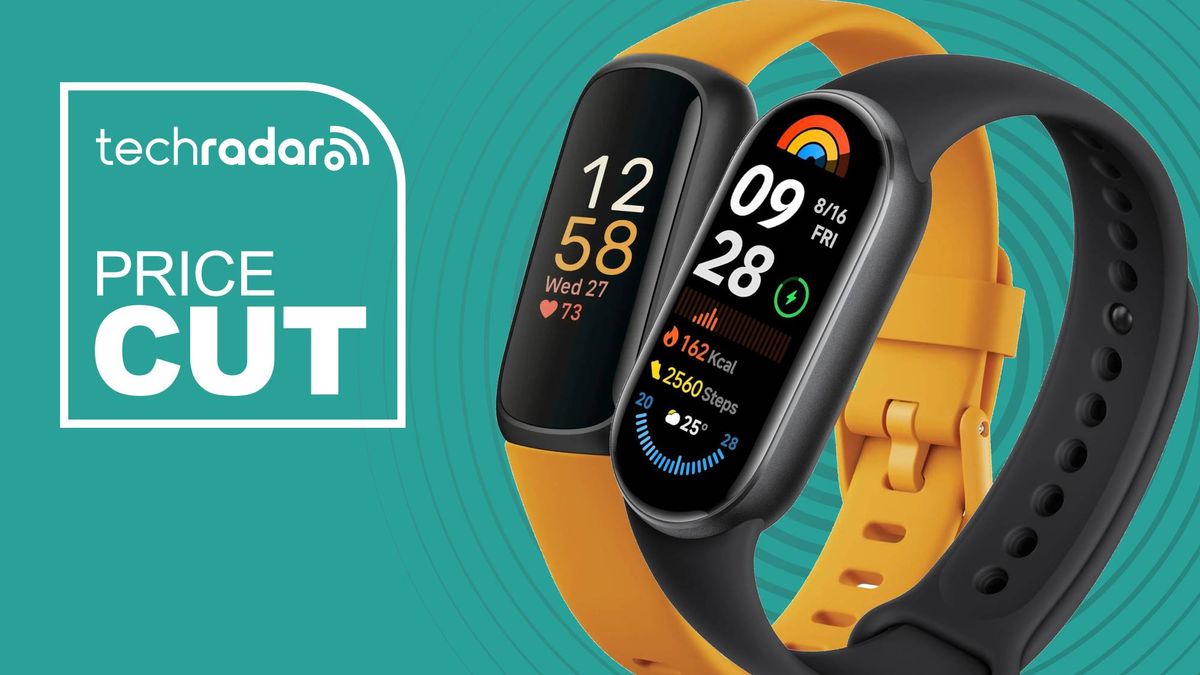Bussiness
Why Roblox investors are shrugging off a blistering short-seller report
- Roblox’s stock dropped 10% after short-seller Hindenburg accused it of inflating user numbers.
- Some of Hindenburg’s previous reports have led to SEC investigations and indictments.
- But after the drop, Roblox’s stock rebounded, with Wall Street focused on its growth potential.
Roblox came under attack this week when a report from the prominent short-seller Hindenburg Research accused it of inflating user numbers and failing to protect children from predators. The gaming platform’s stock temporarily dropped about 10% following the report.
Hindenburg is a forensic research firm that makes money by betting against companies it targets and benefiting from the Securities and Exchange Commission’s whistleblower program. It’s published reports on other tech companies that have led to SEC investigations and indictments.
But investors seem to have largely shrugged off this report. Roblox stock closed at $41.60 on Friday, slightly above where it was earlier in the week when Hindenberg published its research.
On its face, the report sounds bad.
Titled “Roblox: Inflated Key Metrics For Wall Street And A Pedophile Hellscape For Kids,” it accused the gaming platform popular with kids of inflating its user numbers in public reports by 25% to 42% by counting multiple accounts held by the same person. It claimed bots are “rampant on the platform,” which inflate its user counts. It also renewed criticisms that Roblox had — through a lack of sufficient content moderation — exposed children to grooming, pornography, violent content, and abusive speech.
In a statement, Roblox countered that its daily user count isn’t a measure of individual people, that it works to eliminate fraud from the platform, and takes user safety seriously. The company further said its top line is growing, with bookings, or sales of virtual currency, up 22% to $955.2 million in the second quarter.
In the wake of the report, Wall Street and investors seemed to largely stick by the company. This week, Piper Sandler raised its price target on Roblox, while Wedbush Securities maintained its outperform.
That’s likely because — despite Hindenberg’s claims — some investors see Roblox as having growth potential and strong user engagement. Piper Sandler published new data this week showing that 46% of surveyed teens actively used Roblox, up from about 31% a year ago. Wedbush Securities underscored in a note that Roblox’s bookings (a proxy for revenue) are taking off. The firm also sees a lot of advertising upside for Roblox, given that 80% of its engagement is in free-to-play games.
Roblox, which primarily makes its money from sales of online currency and items, has been working to grow its advertising business. The same day the Hindenburg report dropped, Roblox announced a new partnership with the ad giant WPP. This week, Roblox took the stage at New York’s Advertising Week, one of the industry’s biggest conferences, as part of an effort to build what it says could be a $1 billion ads business. WPP declined to comment.
The child exploitation stuff sounds bad, though, right?
There’s generally broad agreement in the industry on the importance of keeping kids safe online and a sense that Roblox could do more to combat dangerous actors. But seemingly every major social platform has faced issues of predatory behavior, hate speech, and pornography — and for all the legal scrutiny, the problems have not been fully solved.
Child-safety claims about Roblox similar to those in the Hindenburg report had also already been documented in places like Bloomberg Businessweek, which published a wide-ranging investigation on the subject in July.
“We knew there was a pedophile problem and scams in Roblox,” said Ron Kerbs, the CEO and founder of online child safety company Kidas. “It’s almost like an ‘I told you so’ moment.”
The report could hinder Roblox’s ad business
Despite Roblox’s nearly immediate stock recovery and support from Wall Street, the report and related issues could have implications for Roblox’s advertising business. Its ad business is barely a rounding error today, but Roblox is still not profitable, so it’s trying hard to change that.
Advertisers increasingly recognize the value of games, and Roblox’s pitch is that it reaches a highly engaged audience of hard-to-reach young people. In February, it reported 71.5 million daily active users, 58% of whom were over 13. Walmart, Warner Bros. Pictures, and E.l.f. Beauty are among the marketers to have run video ad tests on Roblox.
Roblox still has to overcome some marketers’ perceptions that it’s just a place for gaming rather than a cultural destination and assure them that advertising won’t be shown to young kids. A watchdog group has already accused Roblox of not adequately disclosing ad content in games to kids.
But as we’ve seen before with Facebook, Instagram, YouTube, TikTok, and more, advertisers have found it hard to quit platforms that have large, engaged audiences — safety issues or not.
Still, Roblox isn’t entirely out of the woods. Short-seller reports like this often attract regulator interest, said Jeremy Goldman, senior director of client briefings at Emarketer (BI shares a parent company with Emarketer). And advertisers will hold Roblox to a higher standard as a challenger platform.
“If Roblox doesn’t get its house in order, it could face the same advertiser retreat that’s hit other platforms, and potential government action could make things even more precarious,” he said.








